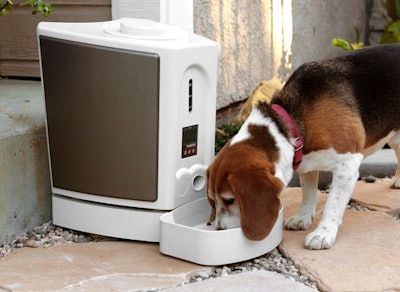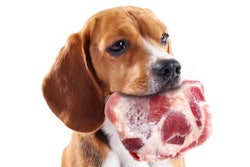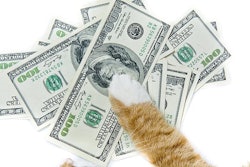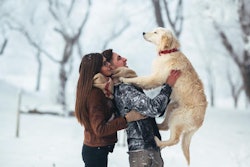
Are we in the age of precise pet nutrition? Sandy Robins, author and pet lifestyle expert, thinks so. She made a compelling case at Petfood Forum Asia 2018 on March 28 by taking conference attendees through a timeline of significant events in the development of commercial pet food, from their debut in the marketplace in the 1960s to the 2000s and the dawn of the focus on humanization and treating pets like true members of the family.
The watershed event, what Robins called a “global game changer,” was the melamine-related recall of 2007, which she believes set the pet food market on the path toward today’s “micro-targeted” nutrition. “I believe we can attribute the type of excellent, precise nutrition diets that are being produced today in part to this horrific event, because it was like an arrow that targeted the heart of every pet parent along with everyone in the pet food industry, and it started a conversation,” Robins said.
That conversation began with pet owners, for the first time, asking questions about exactly what they were feeding their pets and how it was made, and seeking clear, exact answers, as well as pet food labels that they could read and understand, Robins added. “The phrase ‘you are what you eat’ started to really resonate in the pet world, too, and people wanted real food and real facts,” just as they did for their own food, as human food trends started influencing pet food formulations. “So not only did this massive food recall really shine the light on ingredients, but it also forced pet food manufacturers to take on the role of educator,” she said.
Millennial pet owners leading the way?
Robins’ overall theme was the human-animal bond and how it plays such an important role as the “No. 1 ingredient” in pet food. It’s difficult to argue with that premise, yet I found my mind dwelling on the concept of precise nutrition — not only its prominence today, but also in terms of what comes next? Can a focus on targeted nutrition, specific ingredients (or the lack thereof) and the adoption of human trends continue to sustain growth in the pet food market?
According to Robins, the rise of millennials as the largest pet-owning group (in the US and other markets) means the conversation about what’s in their pets’ food will continue and probably even intensify. “They are a generation that questions everything. The ‘why’ generation …They want and understand individuality and customization,” she said.
So there lies one clue to what might come next: an increased focus on customization. We’re already seeing a few companies delving into this area; as the science of nutrigenomics develops and becomes more accessible, will we see customized pet diets as the norm and the logical next step in the evolution of precise nutrition?
Thinking outside the pet food bowl
Robins also encouraged pet food brands to “think outside the food bowl” to products that encourage pets to search for their food. She tied this to the ancestral diets trend. “While pet food manufacturers have been researching ancestral diets for dogs and cats, behaviorists have been looking at other innate traits such as the way dogs and cats in the wild hunt and forage for food. And they have created toys that allow our pets to replicate these traits,” she said. “Further, playing with toys and puzzles offers pets excellent mental and physical stimulation.”
And, partnering with companies that manufacture and market such products offers additional marketing and consumer-connection opportunities to pet food brands, Robins added. “This cross promotion provides social media involvement on two platforms, which doubles your exposure and at the same time educates the consumer about how food and treats work with puzzles and games to improve a pet’s general well-being and simultaneously enhance the human-animal bond.”
A related category: wearable pet tech, which Robins characterized as big business, projected to reach US$2.6 billion by 2019 according to market research firm IDTechEx. “When talking pet tech, I’m talking about everything — from pet video cams that allow pet parents to connect to their pets from anywhere 24/7 so they can monitor their every move from afar — and that includes their visits to the food bowl,” Robins said. “I am also referring to treat dispensers, automated food bowls that can be operated from a smart phone app as well as standard bowls that dispense fixed amounts of food for a five-day period and of course wearable products with GPS systems and health trackers.”
She said she’s excited about products like food bowls that will open only via a pet’s microchip or a special RFID tag, allowing pet owners to feed different foods in a multi-pet household without having to segregate the pets or their bowls. And there’s so much more on the way. “Already in the US, pet treat companies are starting to form alliances with manufacturers of automated treat dispensers,” she said. “There are a lot of opportunities and avenues to be explored. It’s still uncharted territory.”

















